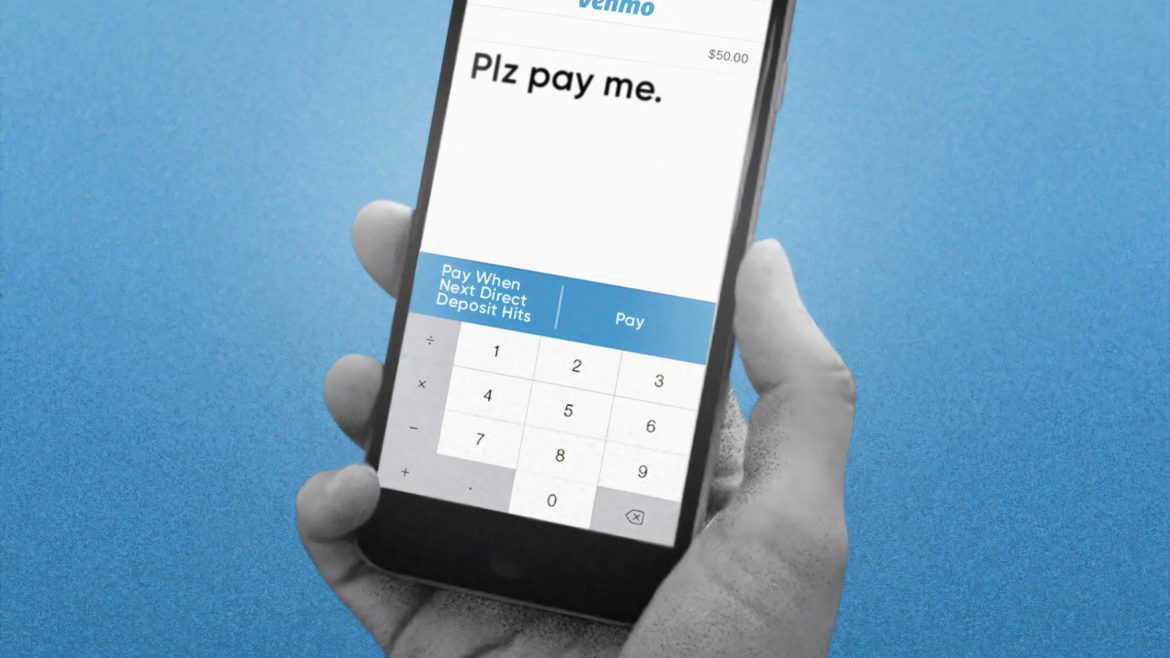Many businesses can outsource an entire department and save mountains of paperwork by partnering with a company specializing in online payroll and HR administration. Such a partner facilitates employee and contractor payroll while also tracking and managing benefits and taxes. While it’s a natural fit for small businesses, large companies often engage payroll partners, too, since these responsibilities are so specialized and high stakes. Companies of all sizes may decide to leave these details to the experts. Nobody wants to deal with the IRS more than absolutely necessary!
What to Look For With Employee and Contractor Payroll Partner
- Online (paperless) onboarding
- Ability to automate payroll for employees and contractors
- Customizable payroll that can fit your company’s needs
- Ability to set different wages and roles
- Ability to track time online
- Ability to keep up with state-specific laws (especially if you have workers in more than one state)
- Customizable reports
- Benefits administration
- Compliance (taxes, overtime, payroll, labor laws, and more)
- Ability to integrate with your company’s existing systems
Is an Employee and Contractor Payroll Partner Right For You?
A payroll partner is best for businesses that want to automate payroll and/or outsource some HR responsibilities. PayReel is a full-service payroll and benefits platform and is customizable to individual businesses’ needs. If you’re interested in hearing about a customized solution for your situation, contact our team!









